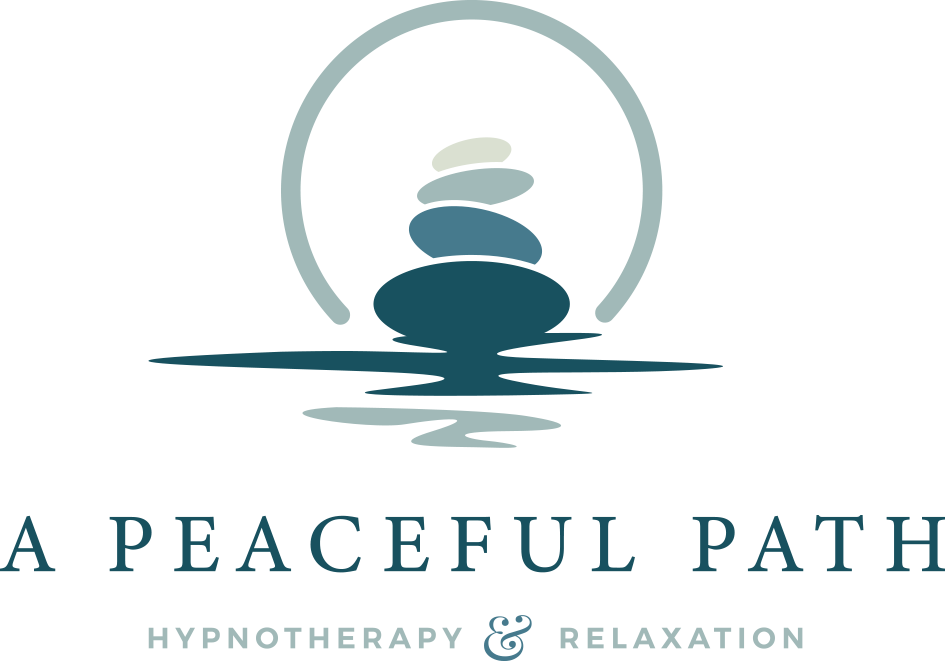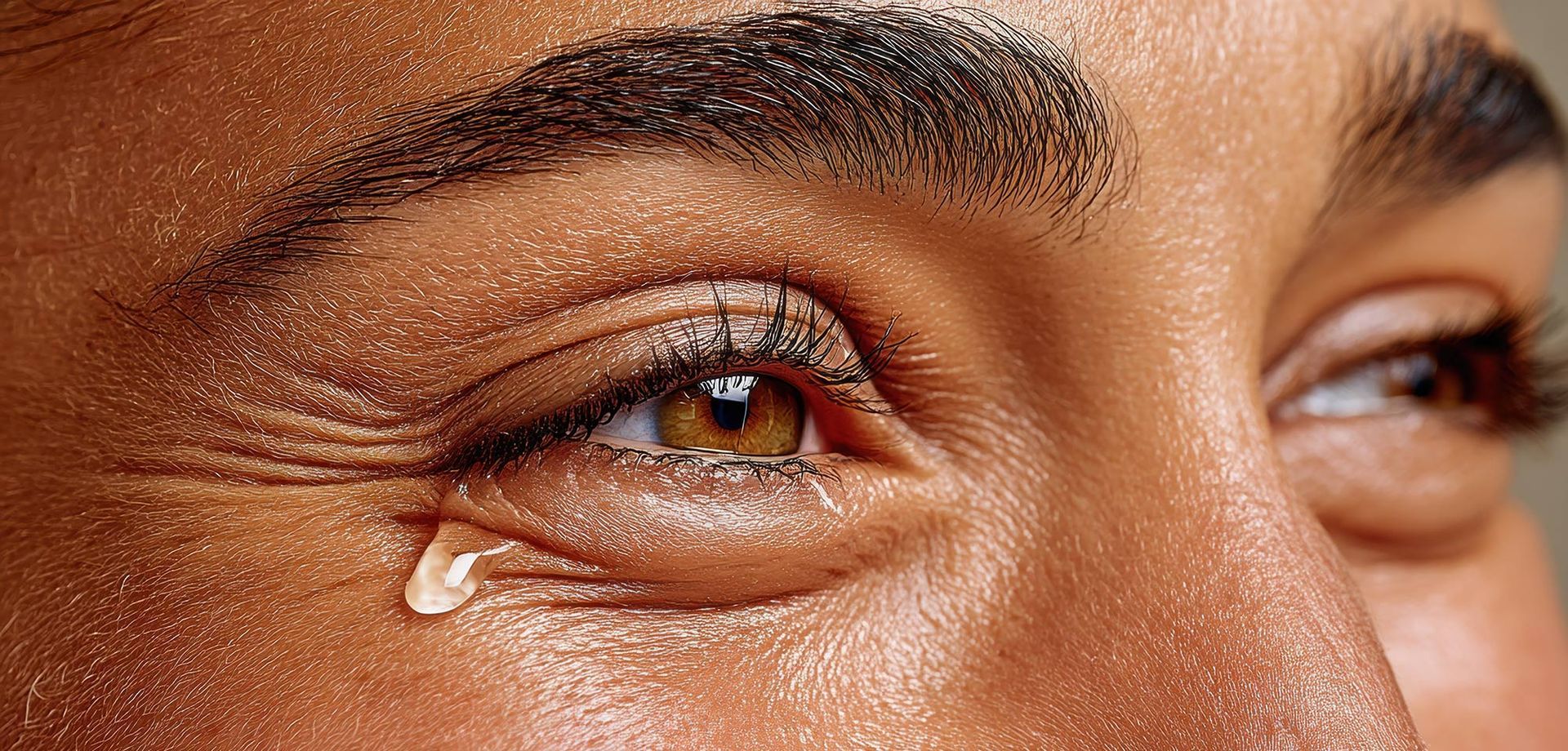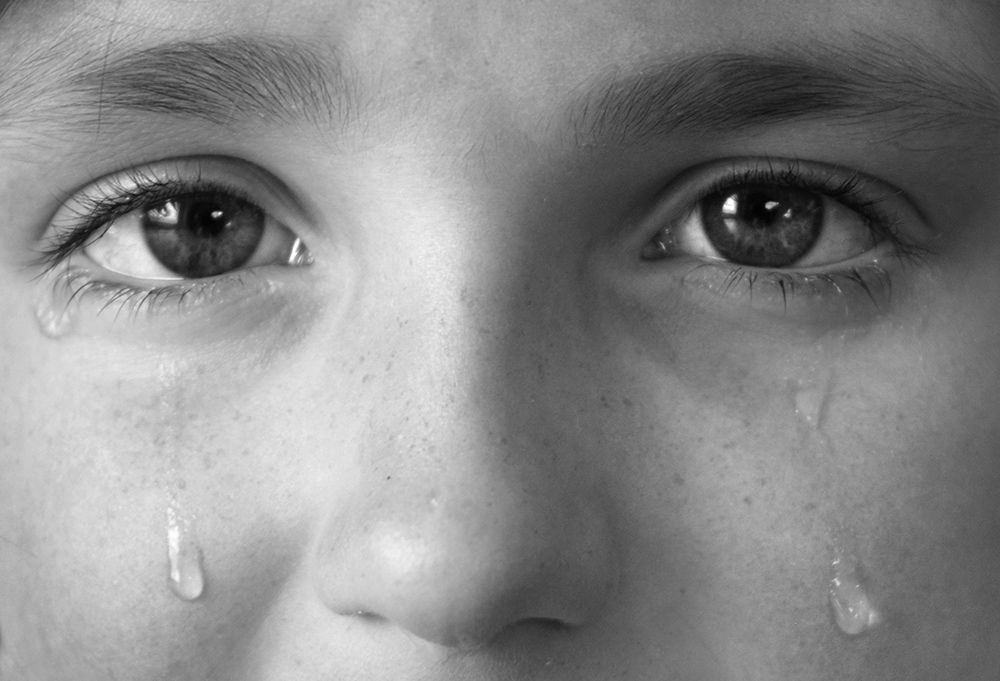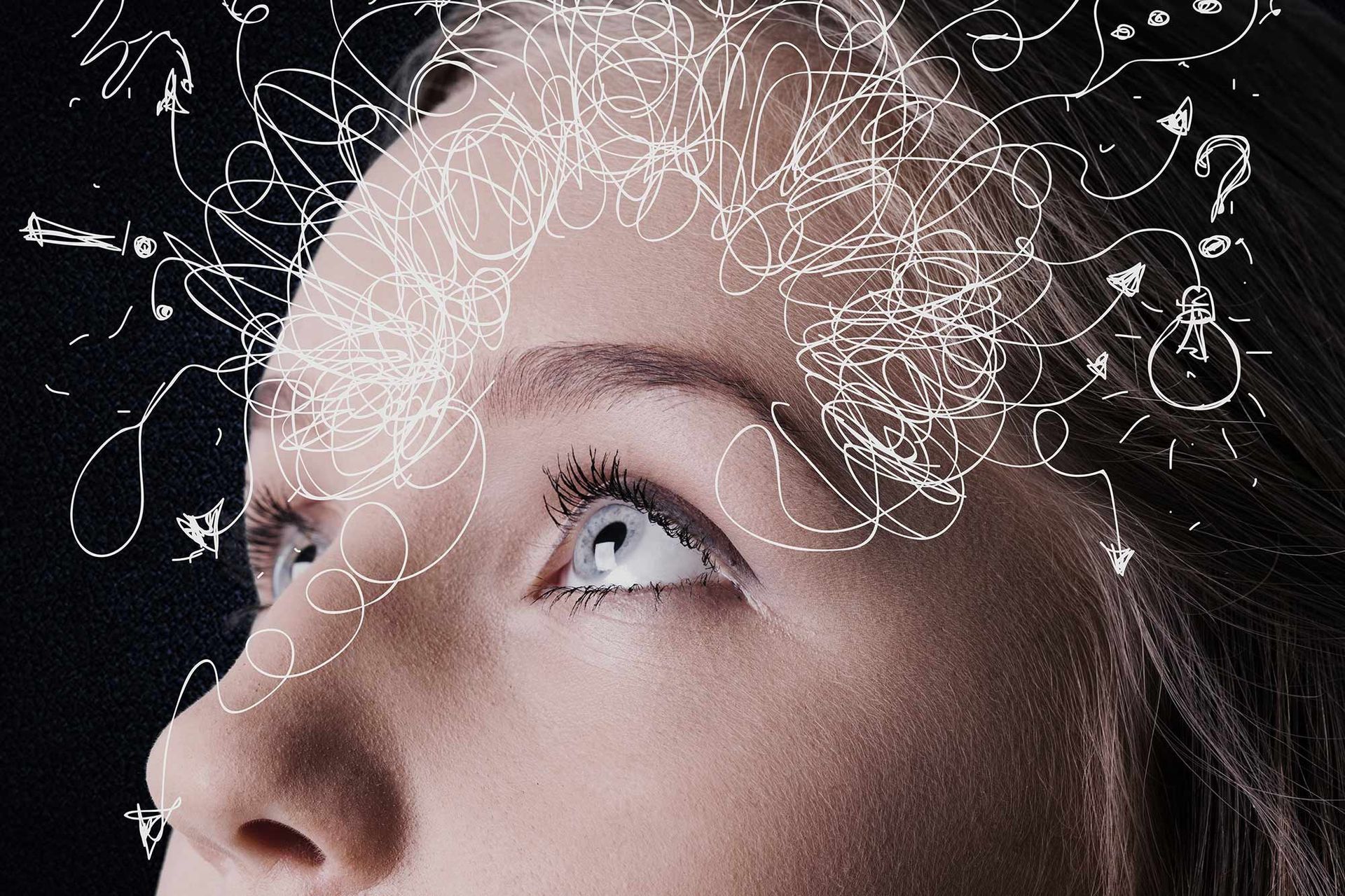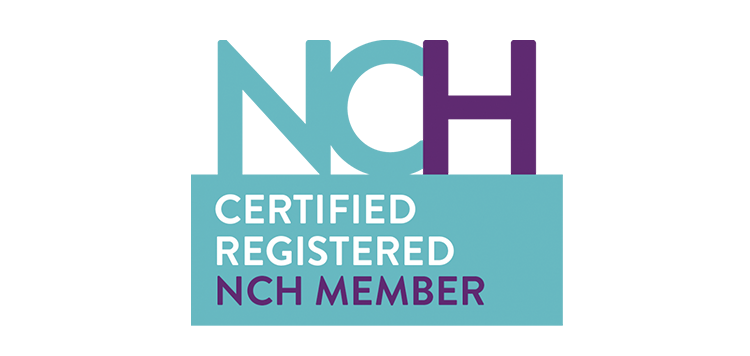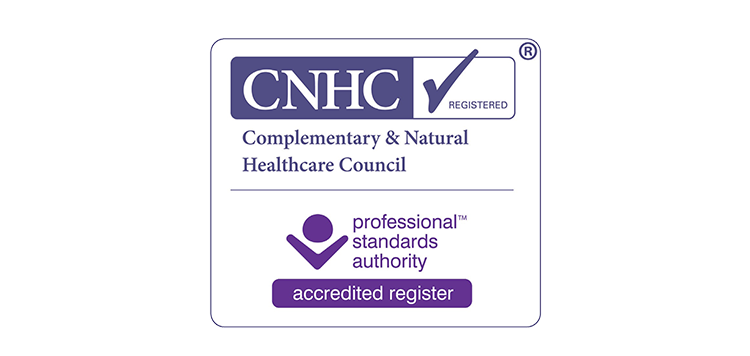The Neuroscience of Crying: Why Tears Are Good for You
Most of us have had moments where the tears just flow — sometimes expected, sometimes out of the blue, and while many people see crying as a sign of weakness or “losing control” Neuroscience tells us a very different story.
Crying is one of the brain and body’s most natural ways to reset.
🧠 What Happens in the Brain When We Cry?
When we feel strong emotions — stress, sadness, relief, even joy — the Amygdala (the part of the brain that scans for threat) and the Hypothalamus (which helps regulate our stress response) are both activated.
The Hypothalamus then signals the Autonomic Nervous System (the system that controls things like heart rate, breathing, and digestion). This can trigger a release of tears.
In other words: crying is the brain’s way of turning emotion into a physical release.
💧 Three Types of Tears
Science shows us that not all tears are the same:
Basal tears = the everyday tears that keep our eyes moist
Reflex tears = released when we cut onions or get something in our eye.
Emotional tears = the ones linked to feelings. These are special, because they contain Cortisol (stress hormones) and Endorphins (mood booster) that aren’t found in other types of tears.
✨ Why it matters
Emotional tears literally help the body flush out stress chemicals while also releasing chemicals that soothe and comfort — which is why people often feel lighter or calmer after crying.
🌿 The Chemical Reset
Crying does more than just release hormones. It also:
Activates the parasympathetic nervous system, which slows the heart rate and helps the body return to calm.
Encourages the release of oxytocin and endorphins — the “feel-good” chemicals that reduce pain and create a sense of comfort.
Lowers levels of cortisol, the stress hormone that keeps us in fight-or-flight mode.
✨ The Emotional Benefits
From a psychological point of view, crying:
Provides a safe emotional release, especially when words aren’t enough.
Signals to ourselves and others that we’re in need of care or connection (which is why crying often leads to comfort from someone else).
Creates a feeling of relief and reset, much like releasing steam from a pressure cooker.
🌈 Reframing Tears
REMEMBER - instead of seeing tears as weakness:
Crying means your body feels safe enough to let go.
It is a sign of processing, not a setback.
It is one of the brain’s oldest and most natural ways to restore balance.
🌟 Final Thought
Crying is GOOD for you. It is not something to fight or suppress.
Each tear carries a message from the brain and body: “I am letting go of what I no longer need.”
So, the next time you feel the tears come, REMEMBER — you are not breaking down, you are resetting … and often, on the other side of tears, there is calm, clarity, and even strength.
